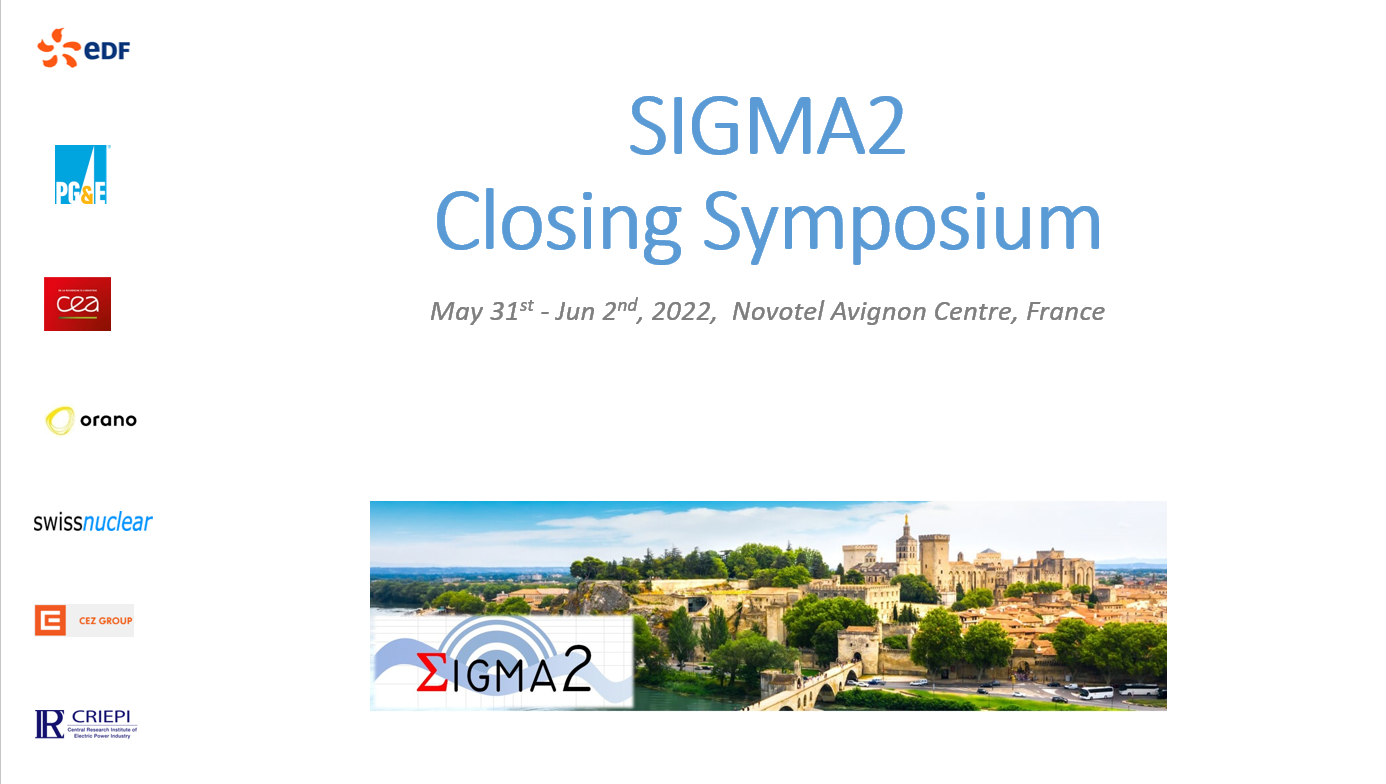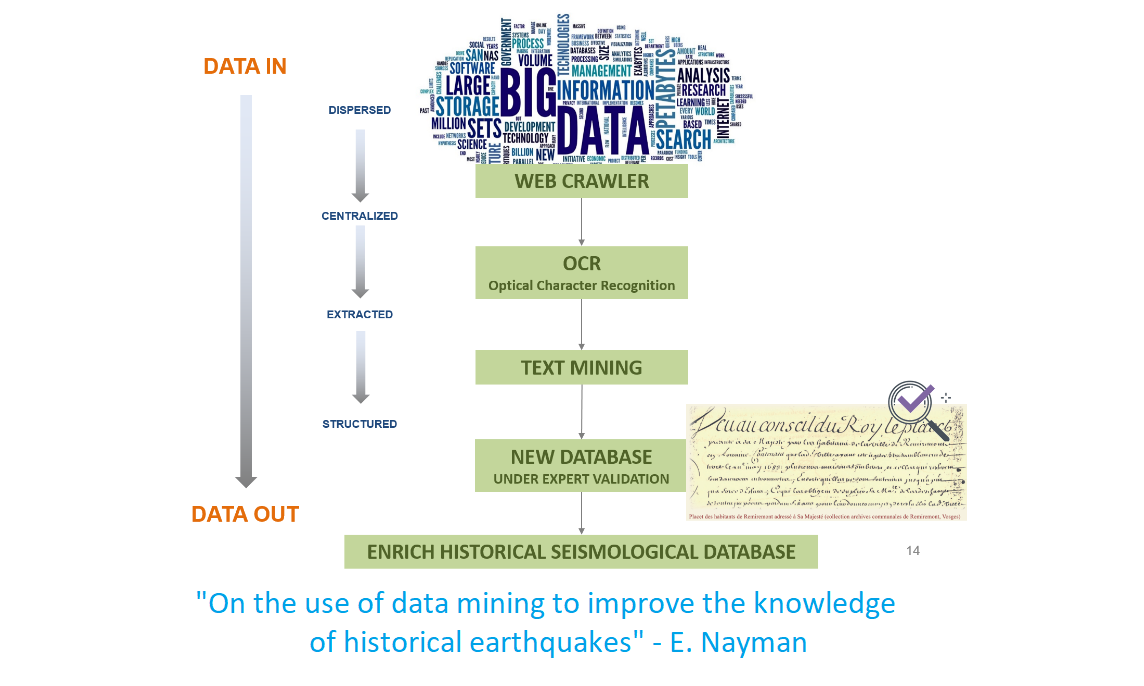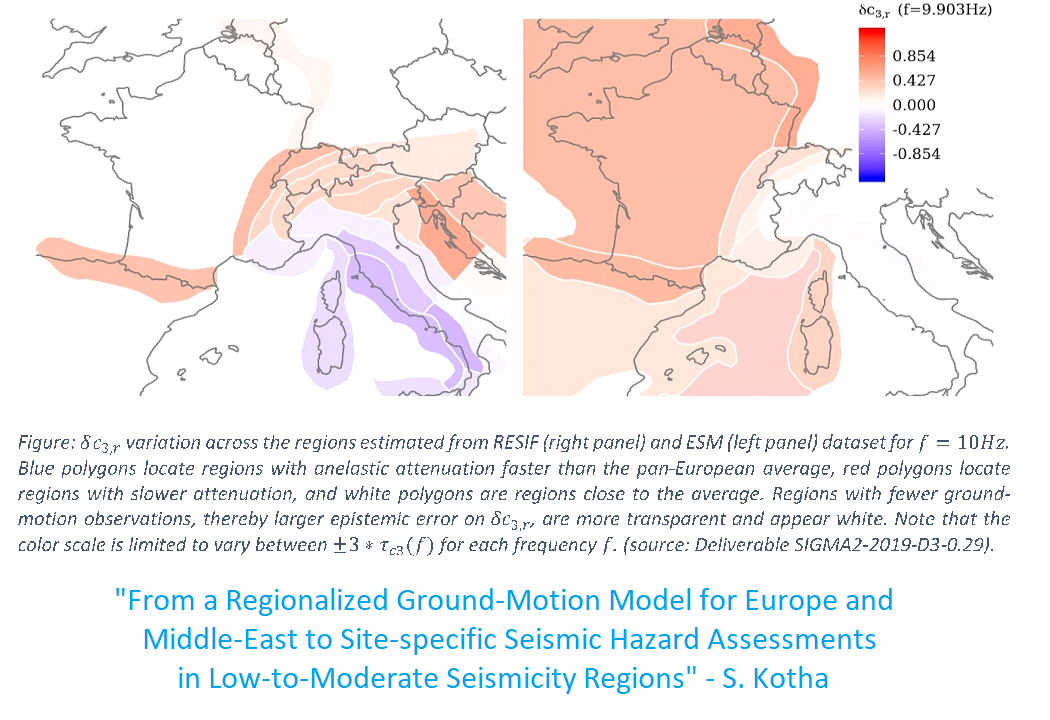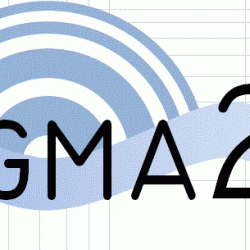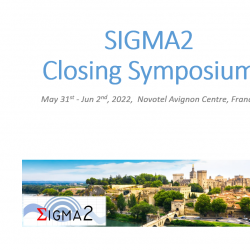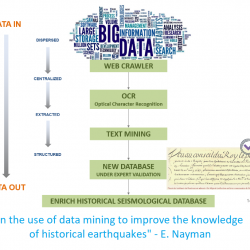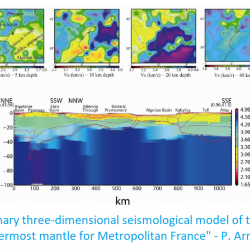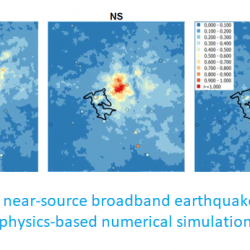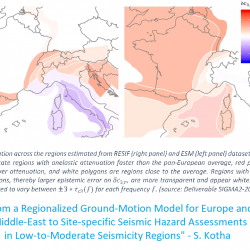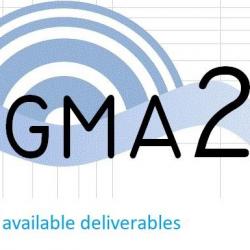Action 3.1.4 : Reference rock ground motion
Motivation
To assess site-specific ground motion it is common practice to calculate seismic hazard at bedrock and then perform 1D / 2D site response analyses. For this reason, the ground motion at bedrock should be free from amplification phenomena and its site response flat (the so-called “reference ground motion”). However, Ground Motion Prediction Equations (GMPE) generally associate this behavior to the generic rock condition, usually identified only through the VS30 exceeding a given threshold. (e.g. 800 m/s for the European standards). Nevertheless, this assumption does not imply that the ground-motion recorded at these sites is completely unaffected by amplification, which might be caused by peculiar morphological/stratigraphic features. Indeed it has been recently shown that several recording stations belonging to the EC8-A soil category are affected by relevant site effects (e.g. Felicetta et al., 2018).
Then the assumption that GMPE-based rock site predictions are unaffected by amplification phenomena may cause inaccurate prediction of the expected motion when the hazard is evaluated including site effects, due to the amplified response of the rock motion.
The identification of reference rock sites, where the amplification response is expected to be negligible, would be of great help to avoid this ambiguity in the predictions.
Main objectives
The main objectives of this research task are:
- to propose a methodology to identify reference rock sites;
- to define geological, geotechnical and seismological proxies for recognizing reference rock sites;
- to compare the reference rock sites characteristics in active regions (Italy) and moderate activity regions (France);
- to calibrate ground motion models (GMPEs) for reference rock sites, possibly for response and Fourier spectra.
Program of research
The work plan includes the following steps:
- Italian reference rock sites will be identified and clustered as function of proposed proxies, whose efficiency in recognition of reference rock sites will be explored as function of the information available (seismological, geotechnical and geological).
- “Reference rock” training GMPE will be calibrated using data recorded on these sites. Residuals will be computed for other European stations, and in particular for the French RAP-RESIF stations.
- Comparisons among the response of French and Italian rock sites (French rock shows in average larger shear wave velocities than Italian rock sites) will be carried out and a general rock GMPE will be calibrated integrating a larger dataset of rock sites.
Organization
- Type: Post-doc (2 years and 1/2)
- Collaboration: INGV-Milan (Italy), EDF (France), CEA (France)
- Status: In progress (starting date : June 2018)
References
Felicetta, C., D’Amico, M., Lanzano, G., Puglia, R., Russo, E., & Luzi, L. (2017). Site characterization of Italian accelerometric stations. Bulletin of Earthquake Engineering, 15(6), 2329-2348.

